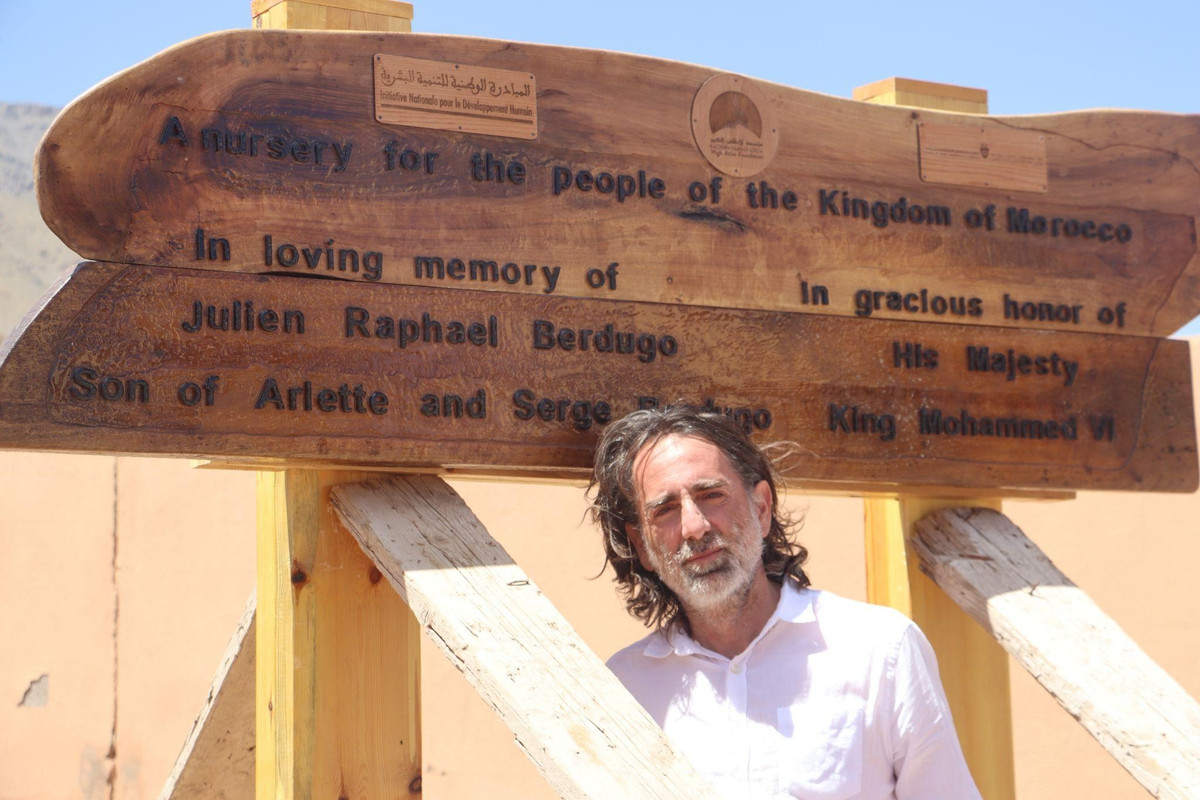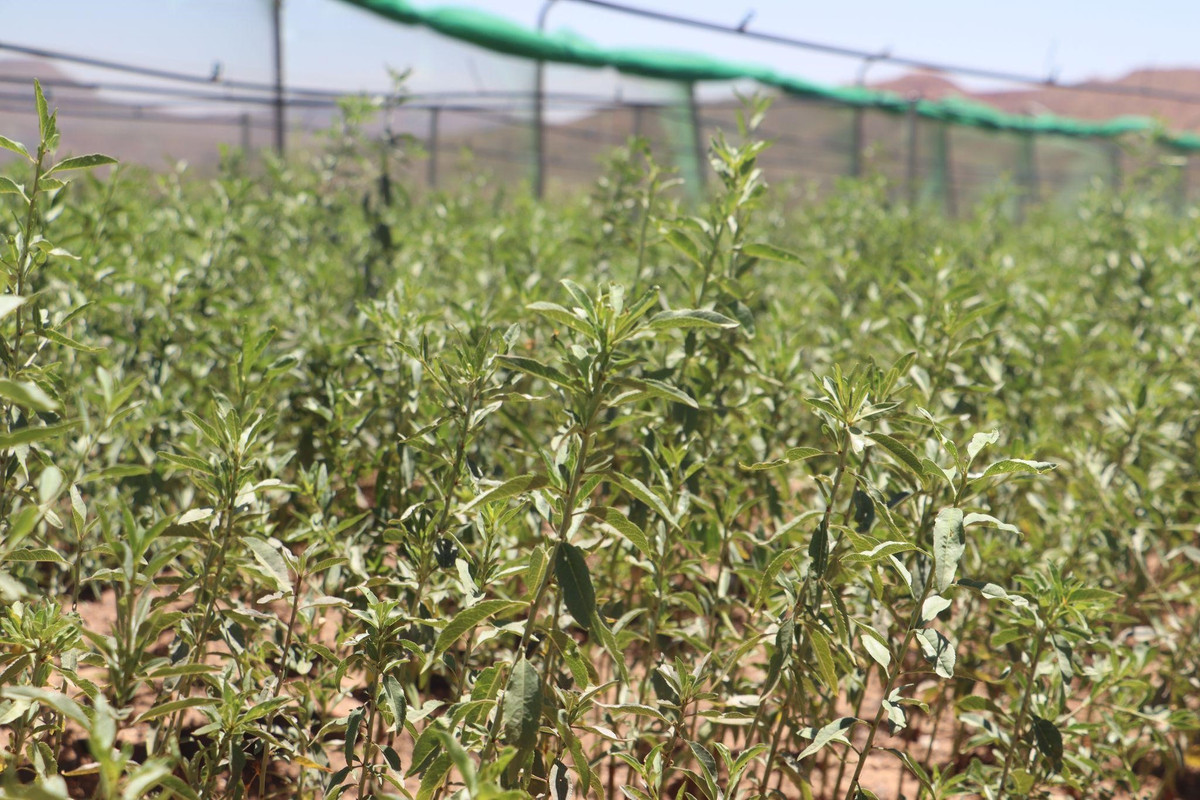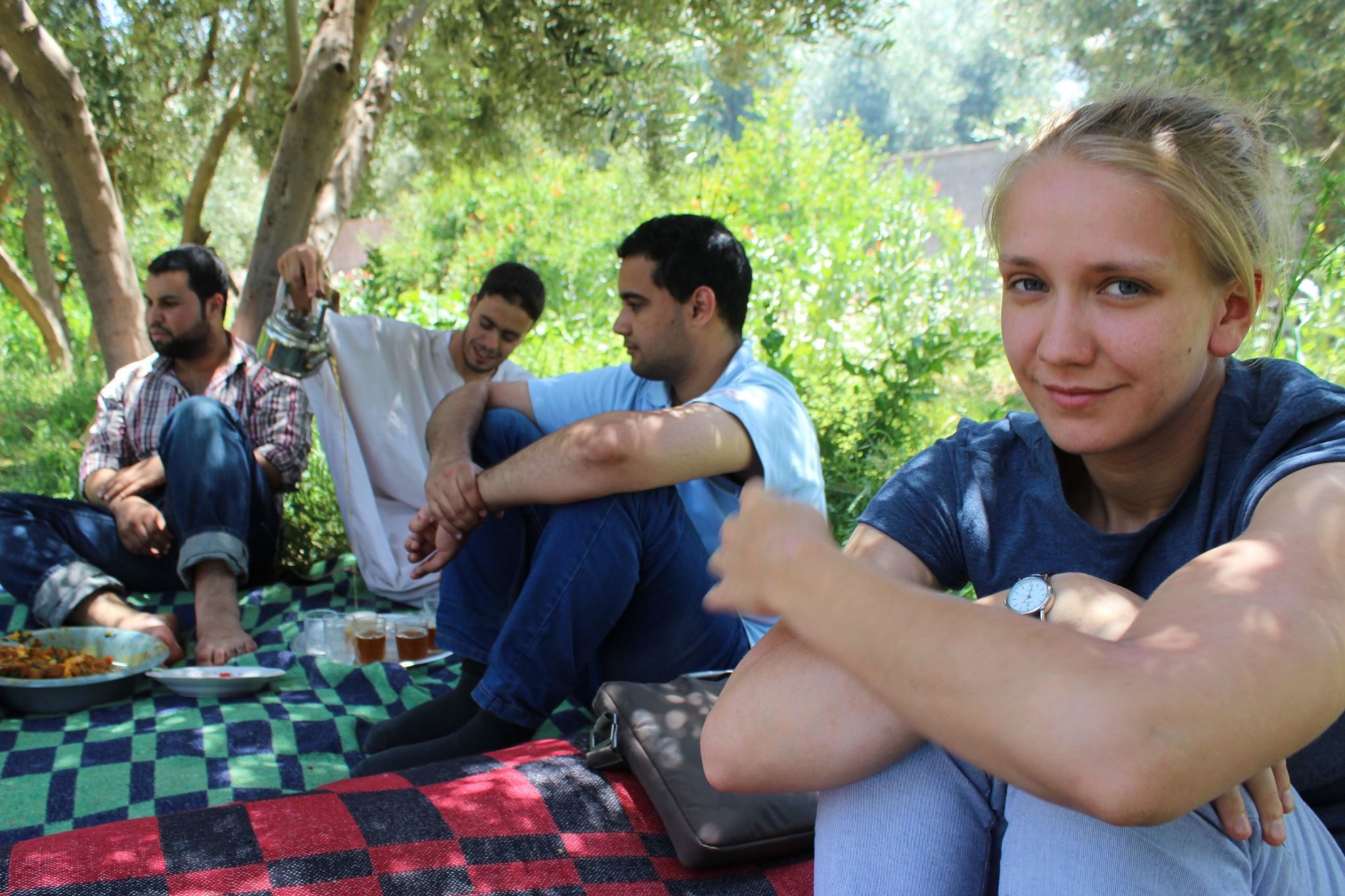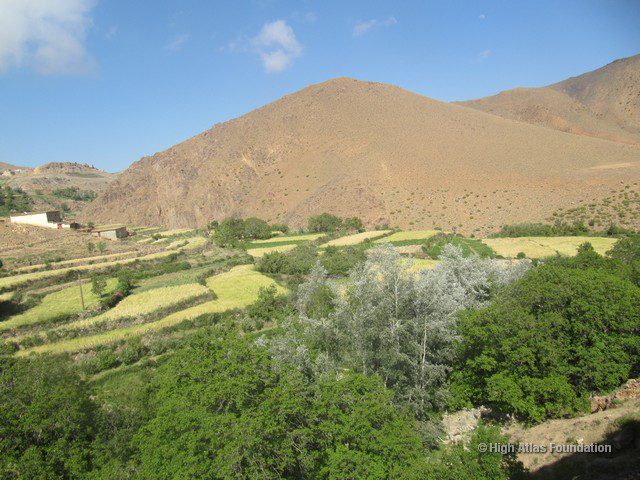Twenty-seven years ago, I lived in a village called Amsouzerte in the Tifnoute Valley, the south side of the High Atlas Mountains, closeby to the burial location of the Moroccan-Hebrew saint David-Ou-Mouche. The Tifnoute community and its region long desired for the building of a fruit tree nursery so that they could move away from subsistence agriculture. They struggled with the risk of giving over portions of their farmlands to the venture.
The Saint’s tomb, which belongs to the Moroccan Jewish community, is surrounded by empty mountainsides that they knew, if terraced, could be the site of the sought-after tree nursery. With 60 percent of funding provided by the Moroccan government’s National Initiative for Human Development (NIHD) and the remainder from private donors, and with the local Jewish community’s gift of land, they were able to build that nursery. In addition, the USAID Farmer-to-Farmer Program played the important role of providing technical capacity-building with neighboring cooperative members, who assist in the implementation and maintenance of this nursery initiative.
There are currently 90,000 tree seeds of cherry, fig, among others—primarily of local varieties that thrive in this cold mountainous region—growing on a single, hectare-size terrace near a mountain summit above the tomb. A recent topological analysis showed that it is possible to build an additional four terraces, which would become like agricultural steps down into the valley. The cost to complete this additional new construction, from installing irrigation systems to planting a quarter million more seeds, is $240,000. Once completed, the nursery would be expanded and generate annually over 300,000 fruit and forestry tree saplings, benefiting approximately 2,000 farming families annually and scores of school yards where students will be brought closer to their diverse national heritage.

The day Dr. Yossef Ben-Meir and colleagues of the High Atlas Foundation installed the sign at Imerdel, the burial site of Rabbi David-Ou-Moche, and the location of the new community fruit tree nursery in the Ouarzazate province of Morocco (7 July 2021).
Last month, the installation of the signage, made of locally fallen walnut wood, commemorates the years-long process of implementing this nursery. It acknowledges the generous giving of land by the Moroccan Jewish Community and the pivotal support of His Majesty King Mohammed VI of Morocco, who instructed the government to help fund it through the NIHD, because its basis is interfaith
relationships. During the interim years of this program, Serge Berdugo, the Secretary General of the Moroccan Jewish community, and his dear wife, Arlette, lost their beloved son Raphael Julien, and the signage reflects his beautiful memory.
Even as Ambassador Berdugo provided this land and other locations in Morocco for community tree nurseries for farming families, the High Atlas Foundation—the implementer—still required funding to build. After the massacres at the church in South Carolina, the synagogue in Pennsylvania, and at the mosque in Christchurch, New Zealand, I wrote a letter to King Mohammed VI about the Ouarzazate nursery as an epitome of Moroccan life, and for the light of solidarity it can bring to us all. The 27-year journey to realize this dream of the people saw the breaking of ground just a few months after my dropping off the brief letter at His Majesty’s palace in Rabat.
So often when buying or receiving trees, we might not know the story of how the seed has grown into a sapling ready to be planted in the fields or mountains. Yet, the story of the Ouarzazate nursery, its managers, and its beneficiaries is a deeply noteworthy, Moroccan one. It involves civil and government partnership, Moroccan Muslim and Jewish solidarity, bottom-up and top-down synergy, and years of dedicated persistence from early partners to its newest one, the USAID Farmer-to-Farmer Program, all combining to achieve the sustainable development vision of Moroccan farming communities.
The sign—built by local, artisanal craftspeople, themselves a beautiful story—now stands so that it may withstand the elements for generations, a testament to the remarkable journey that has led to the people’s nursery and the sense that the challenging, ceaseless work has just begun.

The tree nursery at Imerdel, Province of Ouarzazate, Morocco (7 July 2021, HAF).
Dr. Yossef Ben-Meir is President of the High Atlas Foundation, and Chief of Party of the USAID Religious and Ethnic Minority Activity Program in Morocco.






